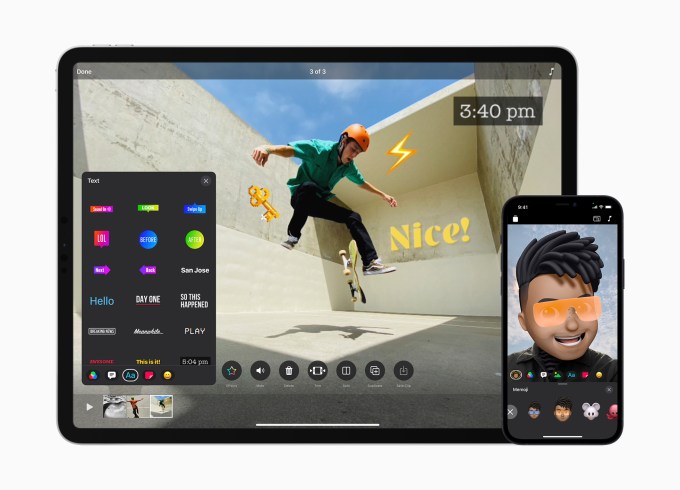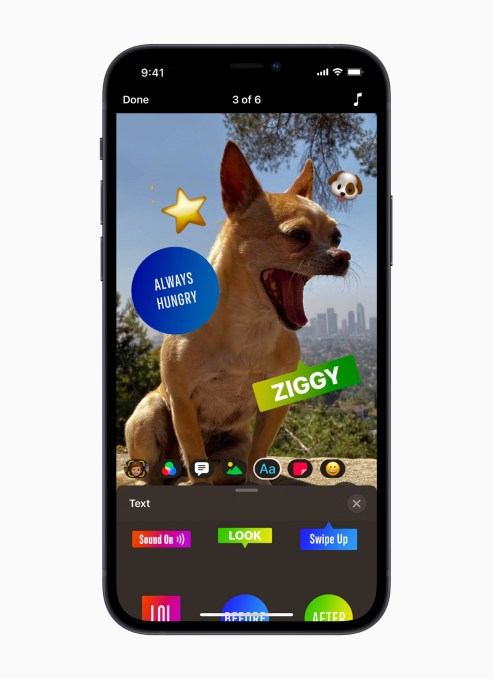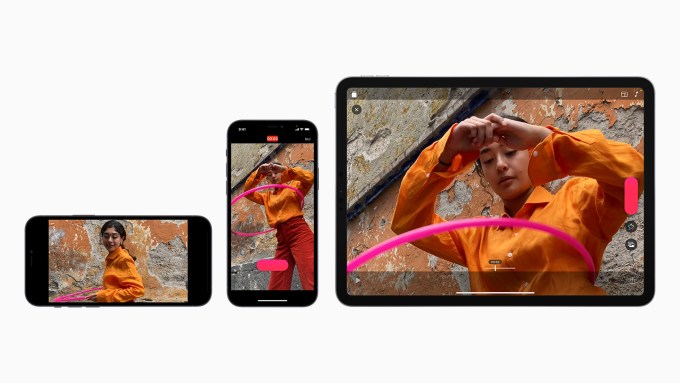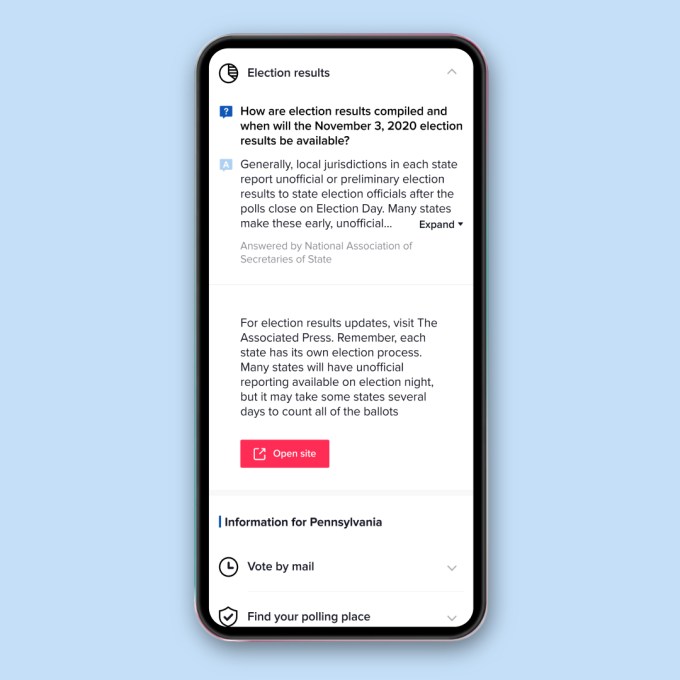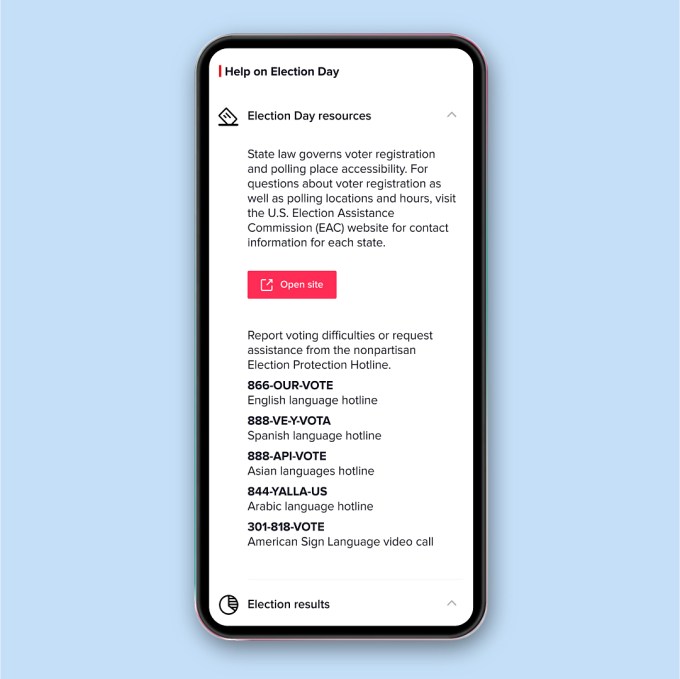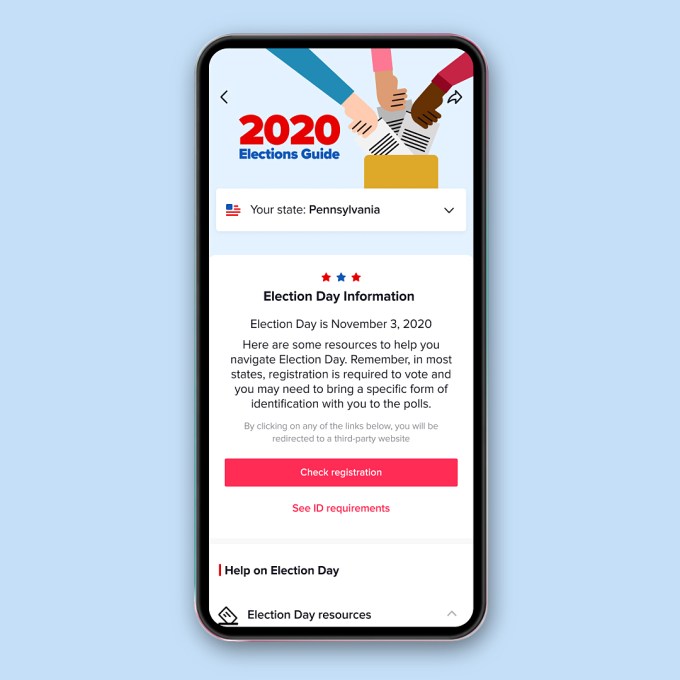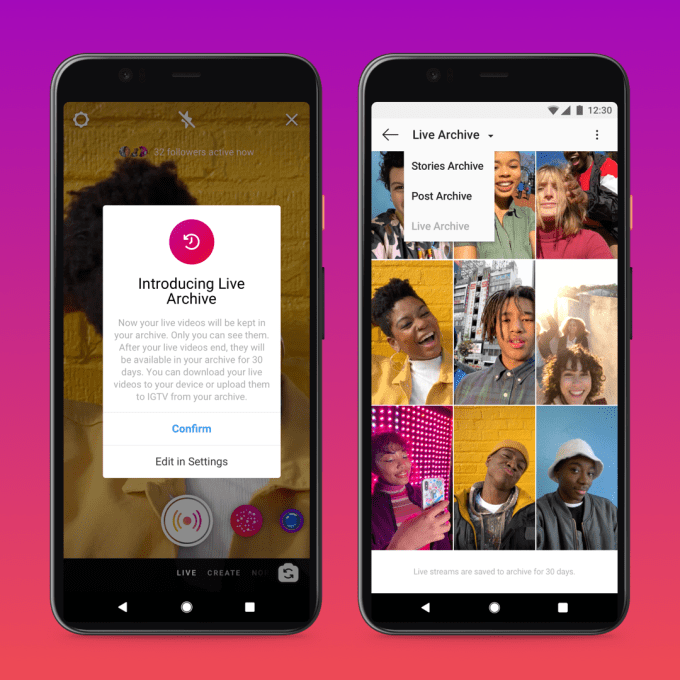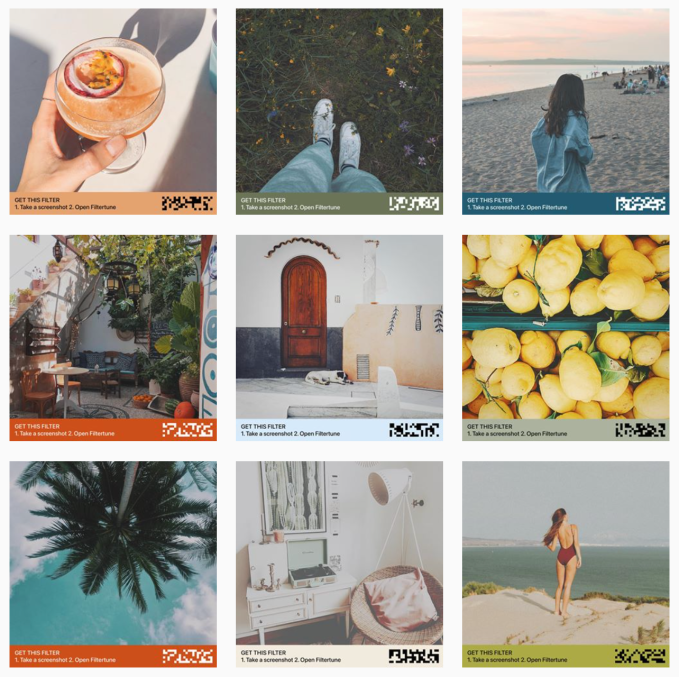Google is testing a new feature that could improve discovery for Android apps on Google Play. The company confirmed it’s experimenting with a “Compare Apps” option that would allow Google Play users to quickly and more easily understand the slight differences between otherwise similar apps by comparing specific features and metrics — like star ratings or total downloads, for example.
The feature was first spotted by Android Police, which found it at the bottom of an individual app listing page for a media player on the Play Store (ver. 22.4.28).
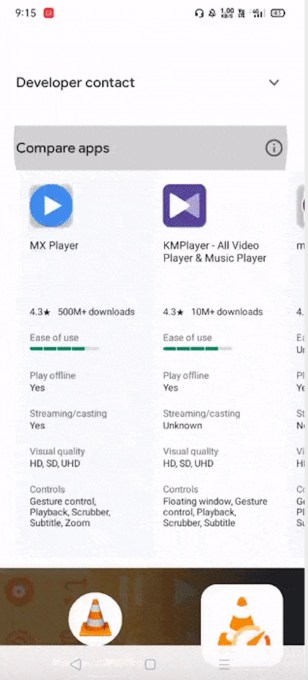
Image Credits: Android Police
Google confirmed the feature is live but only as a small test.
After users scrolled down past the app details and reviews, the page offered a comparison chart that allowed users to compare the VLC Player app with other media players across aspects like “Ease of Use,” support for offline play, and various media player specific features — like visual quality (HD, SD, etc.) and controls (gesture control, playback, scrubber, etc.).
The feature may leverage data Google has sourced from questions it asked app reviewers, though that aspect is not clear at this time. It also pulls in other data it already has on file, like the aggregate star rating and how many downloads the app has seen to date, for instance.
Typically, in place of the comparison chart, Google Play would provide a list of “similar apps” at the bottom of the listings page. This is similar to Apple’s “You Might Also Like” app suggestions and common across app stores. The idea with “similar apps” is to help point users researching apps to others in same genre. But making a determination of which to download often requires reading through the app’s descriptions and user reviews, which can be time-consuming.
With a comparison chart, users could more quickly figure out which app was the better fit for their needs, instead of wasting time researching or downloading multiple apps to install only to find they didn’t offer a particular feature the user had wanted.
Google confirmed to TechCrunch this is a “small experiment” that’s currently running, but says it doesn’t have immediate plans for a broader rollout. That’s a shame!

